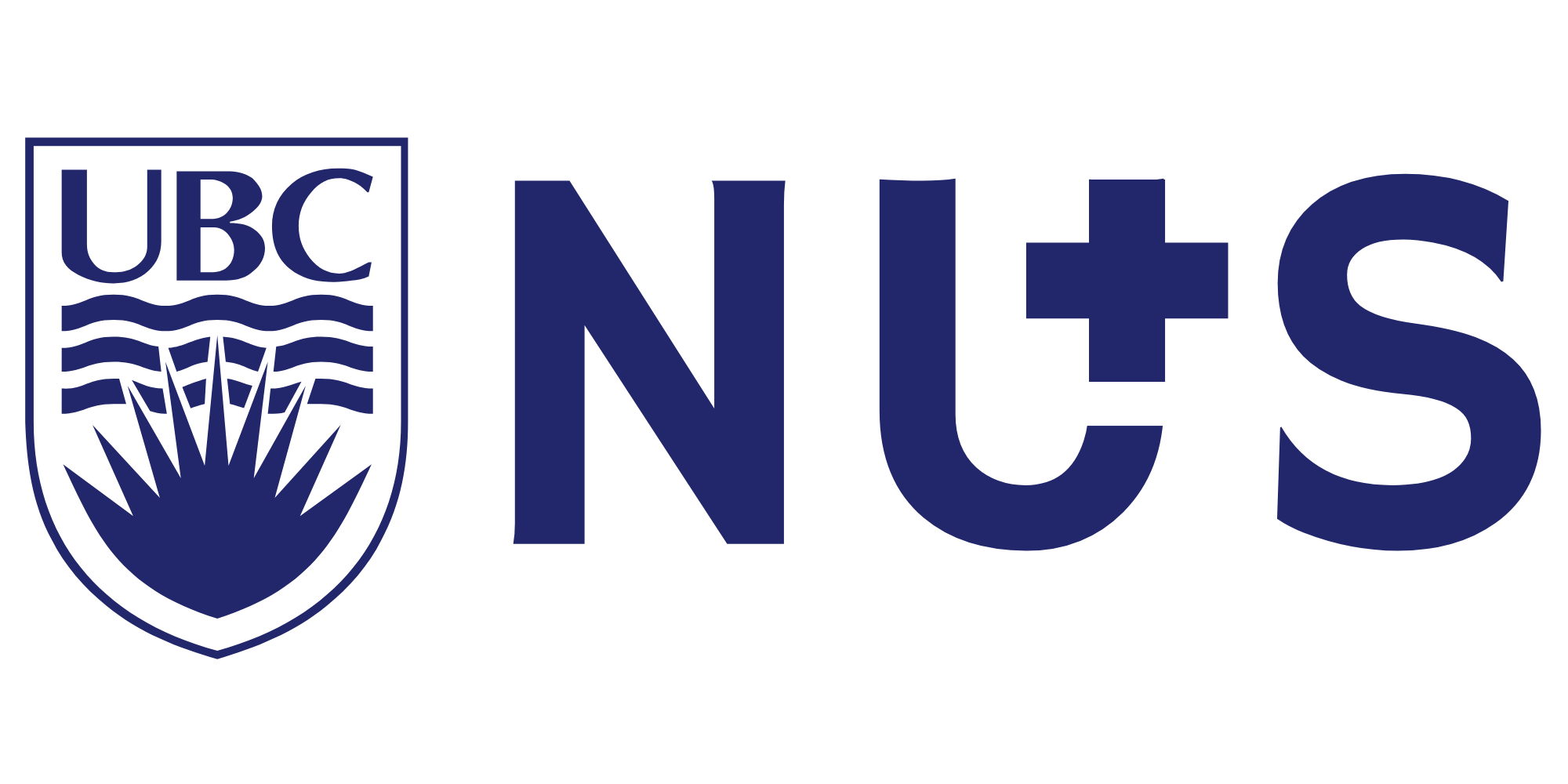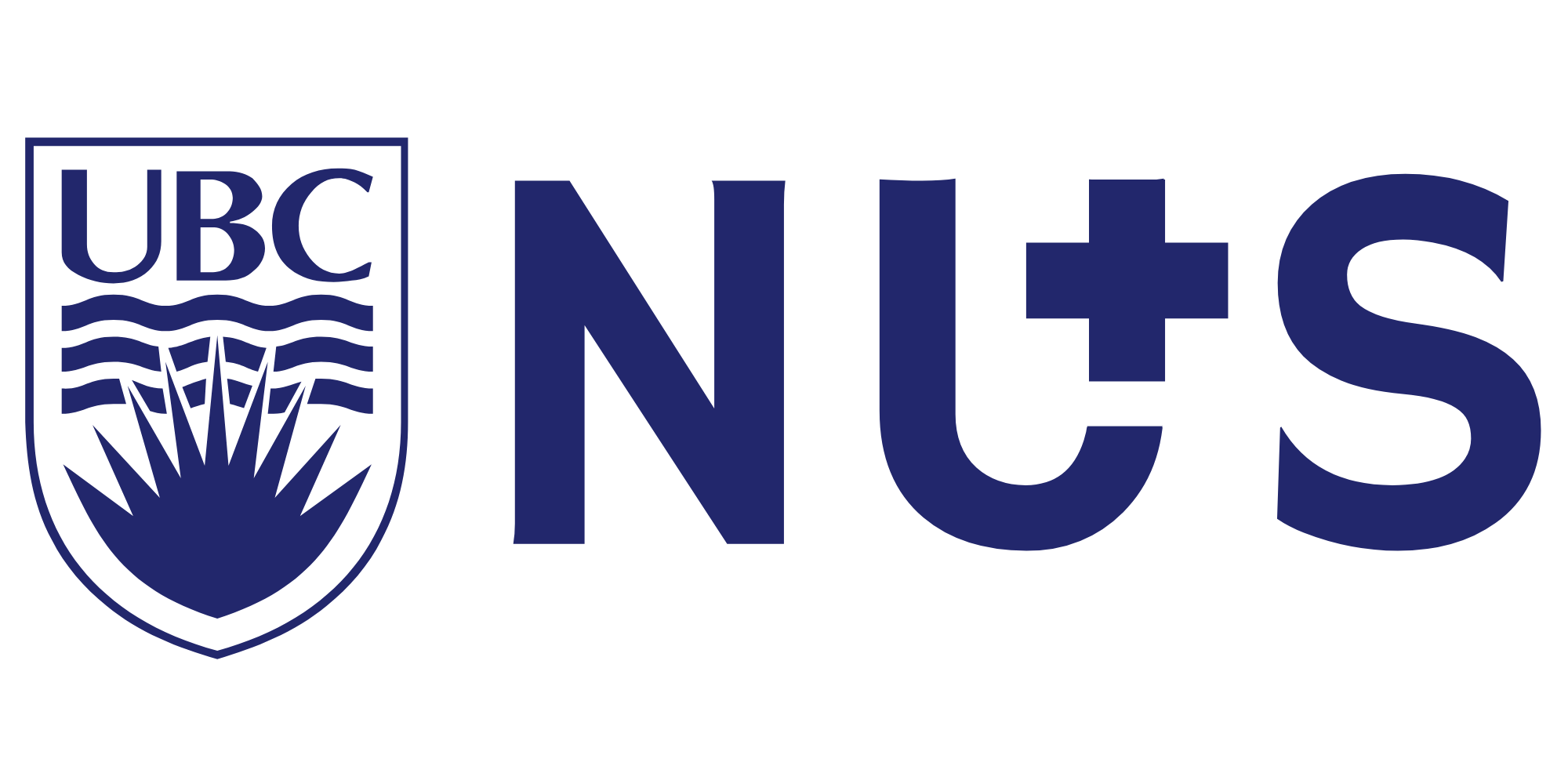Frequently Asked Questions
Browse below for some frequently asked questions from nursing school applicants and students.
To meet UBC Nursing (Vancouver Campus) admission criteria, individuals must meet the Human Anatomy and Physiology (HAP) requirement (at least 6 credits). This can be obtained through the following:
- You may complete BIOL 153 or BIOL 155 at UBC within 4 years at time of application.
- You can complete HAP courses at another post-secondary institution – (must meet ALL 3 criteria below):
- Your HAP courses must be listed on this HAP Approved Course List for 2024 Entry (This list is modified each year. We will do our best to update this as soon as possible, but please refer to the UBC-V BSN website if the most up-to-date list is not linked.)
- Your HAP courses must be completed in the exact combination and order stated on the HAP Approved Course List.
- Your HAP courses must be completed after September 2020 for the September 2025 intake (within 4 years of application).
- If you have not completed BIOL 153 or BIOL 155 at UBC or your HAP courses are not listed on the HAP Approved Course List, you must fill out a PLAR form for your HAP courses to be evaluated.
**Note: a PLAR application does NOT guarantee that your HAP courses will be approved by the School of Nursing**
There are a variety of methods people have used to prepare for the CASPer. Practice exams, YouTube videos, typing practice, BeMo Guide Book, out-loud timed response practice, and online question practice were common strategies that others shared having used to prep for their CASPer exam.
Yes, you will need to complete your BLS training from an organization in Canada. UBC provides a list of approved organizations (See our “What organizations are UBC approved BLS providers?” question.) Your N95 fit test may be completed outside of Canada, but caution should be exercised to ensure that the mask and fit test meet Canadian standards. Specific guidance can be found on the UBC undergraduate FAQ page.
Clinical placements are determined through several different process, which includes the use of HSPnet (Health Sciences Placement Network) and qualtrics ranking surveys. HSPnet is primarily used in Terms 1 and 3. Students have the opportunity to rank sites/units in order of preference within the School of Nursing guidelines (given at the time as applicable based on available placements). Placements are then finalized and the students are notified.
In Terms 2 and 4, the process is more complex as these terms are split between maternity/paediatrics and community/mental health. A list of placement sets (pairs of one day in each specialty applicable to the term) are sent out along with a qualtrics survey and students are asked to rank these sets. The School of Nursing uses this information to determine placements to place students as close to their top choices as possible.
Term 5 (preceptorship) has a different process as well. Students rank their top 3 preferred areas/units and specify whether or not they would like an out-of-town or out-of-province placement. Additional documents are required during this process (e.g. CV, statements of interest, etc.). The School of Nursing contacts and arranges all placements directly with the receiving agency and notifies students as soon as placements are confirmed (for out-of-town/out-of-province placements) or some time in January for those placed in existing preceptorship placements.
The most recent 30 non-nursing university transferrable credits up to December of the year the application opened are used to calculate admission GPA. For example, if you apply for the September 2025 intake, they calculate your GPA using the most recent 30 credits up to December 31, 2024.
This process is used regardless of whether or not you have completed a degree and is irrespective of retrospective time. (If you have not completed credits recently, your admission GPA will be calculated based on your most recent 30 non-nursing university transferrable credits.)
During Terms 1-4 there are two clinical days per week. The schedule of these varies between terms and placements. The number of days per week in Term 5 (preceptorship) varies and is based on your preceptor’s schedule.
Unfortunately we are not able to provide a list of providers, however, we recommend searching for BLS courses on the websites of the UBC School of Nursing approved organizations. A list of providers and website links can be found in our “What organizations are UBC approved BLS providers” question.
Yes, if Canada is not your country of origin, you will need to obtain a criminal record check from your country of origin as well as one from Canada.
Unfortunately no, you cannot do your immunization review anywhere besides Student Health at UBC. This is designed to allow the School of Nursing to confirm that each student has all the required vaccinations and immunities required for clinical practice.
The class/clinical schedule varies each term. Terms 1, 2, and 4 have two class days and two clinical days with lab/simulation on an additional day. Term 3 has one class day, one lab/simulation day, and two 12-hour clinical days. Term 5 is preceptorship and largely clinical. At the beginning of Term 5 before preceptorship starts, class and lab time will vary. Please see the Program Overview page for more information.
Due to the accelerated nature of the UBC-V BSN program, the program does not offer speciality nursing training. However, students can concurrently take specialty nurse training at BCIT (generally limited to the first two courses of each speciality) while still an undergraduate. Students can also apply to the Employed Student Nurse (ESN) program with a local health authority to gain clinical student nursing experience in a speciality environment (Emergency, ICU, OR, Cardiac, Burns and Trauma, High Acuity, etc.).
There is a wide variety of class/lecture/assignment styles. Instructors for classes also change from time to time, resulting in differences in the class structure. You can expect to have occasional group projects, quizzes/exams in most classes, as well as individual assignments (reflections, papers, etc.).
UBC has a BSN Summer Student Research Program in addition to non-nursing specific opportunities. Additionally, students can approach research-focused faculty to express interest in conducting or supporting research studies. Each year, a number of BSN students conduct formal research and publish their work. The BSN Student Travel Award is also available to support students with travelling to official conferences or symposiums to present their work.
Please see the Program Overview page for information on courses.
The most important piece of equipment to get for clinical/lab is a stethoscope. It is worth investing in a good quality stethoscope. (The Littmann Classic III is a common one.) You may also choose to get a penlight, however, there are often penlights on the clinical placement units. You will also likely want to get a manual blood pressure cuff (sphygmomanometer). The cheapest one you can find will do as you won’t be using it a lot.
Below are some of the cGPA percentages for previous admission years:
- 2015: 80%
- 2019: 82%
- 2022: 86%
- 2023: 82.4%
- 2024: 80.8%
Note: A high cGPA does not guarantee admission to the program.
- transcript (interim or final) that lists all the courses you will be submitting for PLAR approval
- the name of the institution where you took your HAP courses
- titles/names and course numbers/codes of all HAP courses (lecture and laboratory)
- PDF of FULL/COMPLETE syllabi for EACH INDIVIDUAL COURSE you are submitting for PLAR review. Note: all courses for PLAR review will be submitted on the same survey, so be sure to have them all ready before beginning the application.
- The PLAR application survey will provide details on what to name your PDF documents. Here is an example of the naming format from the 2023 Intake:
- Last Name, First Name, UBC Student Number, Course Name, Course Code and Number – Syllabus
- **DOCUMENT NAMING REQUIREMENTS ARE SUBJECT TO CHANGE – GO OFF OF CURRENT PLAR SURVEY SPECIFICATIONS**
PLAR Application Payment:
- A payment of $63.20 CAD is required for the PLAR application. Payment is submitted separately and can be done here.
- Follow the instructions on the form for payment. Credit card or Interac payment methods are accepted. Payment must be completed at the time that you submit your PLAR application.
- You will receive confirmation from the School of Nursing about receipt and approval or rejection of your PLAR application.
If you know you will miss clinical/lab time, you are required to notify the course leads as well as your clinical instructor (for missed clinical). Make up skills labs will be arranged with the school. Make up clinical is not offered. Missed time will be reported on the student’s term summary and make up lab time may be required in some circumstances. The official UBC policy for missed clinical/lab can be found here.
Canadian Ski Patrol – you may need to contact them for a schedule of classes
Note: There are many other organizations that offer BLS courses. Some of these may offer courses that are certified through one of the above organizations. These are acceptable as long as your certificate states that it is issued through one of the above organizations.
The UBC School of Nursing does not provide a definitive date whereby offer letters will be sent out. Below are the dates that admission offers were sent out over the past 8 years:
- 2017: Thursday, April 27
- 2018: Monday, May 7
- 2019: Wednesday, May 2
- 2020: Friday, May 1
- 2021: Friday, April 30
- 2022: Wednesday, May 11
- Note: Seats increased from 120 to 150 in 2022, increasing the wait time to receive admissions.
- 2023: Wednesday, May 17
- 2024: Thursday, May 2
UBC Vancouver has one of the largest Nurse Practitioner programs in Canada. You can find more information here.
Clinical placements occur in a variety of settings, including hospital units (medical, surgical, rehab, paediatrics, maternity, etc.), community health clinics, home health care in client homes, and mental health facilities.
You can technically acquire your uniforms from anywhere. UBC recommends getting them from Scrub Depot in Vancouver. The main thing is that whatever you get must be the approved UBC navy blue and have the UBC Nursing logo embroidered on the upper left side of the scrub top. Some people get tops from Scrub Depot, but get their scrub bottoms elsewhere.
No, you will not need to buy hard-copy textbooks for all the classes. The NUS facilitates access to digital textbooks and other course resources for current students. Instructions on accessing these resources will be communicated to students at the beginning of the program.

